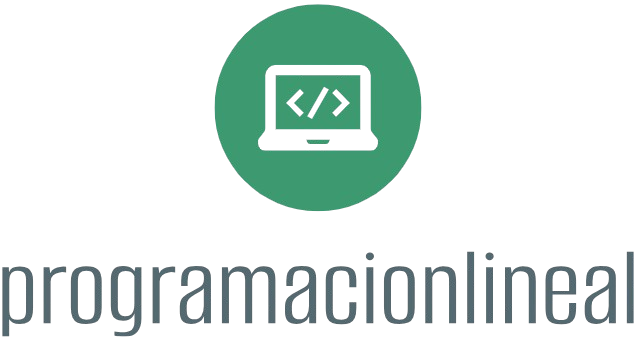Understanding Big Data is essential for developers as it has become a cornerstone of modern technology and business. Big Data refers to datasets that are too large or complex to be processed using traditional data processing methods. Here’s a structured guide to help developers grasp the fundamentals of Big Data, its technologies, and practical considerations.
- Introduction to Big Data
Definition:
– Big Data is often characterized by the 3 Vs (and sometimes more):
– Volume: The sheer size of data generated (terabytes and petabytes).
– Velocity: The speed at which data is generated, processed, and analyzed (real-time or near real-time).
– Variety: The different types of data (structured, semi-structured, unstructured) from various sources (social media, sensors, transactions).
- Understanding Data Types
– Structured Data: Data that adheres to a predefined schema, such as relational databases (SQL).
– Unstructured Data: Data that does not follow a specific structure, including text, images, and social media posts.
– Semi-structured Data: Data that has some organizational properties but does not adhere to a strict schema, such as JSON or XML files.
- Big Data Technologies
Familiarizing yourself with the tools and technologies used in Big Data is important for practical implementation. Here are some of the major categories:
- Data Storage Solutions
- Hadoop: An open-source framework for distributed storage and processing of large datasets using the Hadoop Distributed File System (HDFS). It supports batch processing through MapReduce.
- NoSQL Databases: Designed for specific data models and flexibility. Common NoSQL databases include:
– MongoDB: Document-oriented database that stores data in JSON-like format.
– Cassandra: A distributed NoSQL database designed for high availability and scalability.
– Redis: An in-memory data structure store used as a database, cache, and message broker.
- Cloud Storage Solutions: Cloud providers offer scalable storage solutions for Big Data.
– Amazon S3: A widely used object storage service for storing and retrieving any amount of data, anytime, from anywhere.
– Google Cloud Storage: Similar to S3, offering robust APIs and easy integration with other services.
- Data Processing Frameworks
- Apache Spark: A powerful open-source data processing engine that provides in-memory computing capabilities. It supports batch and stream processing and can work with various data sources, including HDFS and NoSQL databases.
- Apache Flink: A framework for stream processing that allows for real-time analytics and is suitable for complex event processing.
- Apache Beam: A unified model for defining both batch and streaming data-parallel processing pipelines.
- Data Analysis and Visualization
- Jupyter Notebooks: An open-source web application that allows you to create and share documents containing live code, equations, visualizations, and narrative text. It’s great for prototyping data analysis tasks in Python.
- Tableau: A data visualization tool that helps in transforming raw data into an understandable format. It enables you to create interactive and shareable dashboards.
- Power BI: A business analytics solution that allows you to visualize data and share insights across your organization.
- Big Data Workflows
Understanding the flow of data in a Big Data ecosystem is crucial. Here’s a simplified workflow:
- Data Ingestion: Collecting data from different sources, which can be done using tools like Apache Kafka (for real-time streaming) or Apache NiFi (for data flow automation).
- Data Storage: Storing ingested data in appropriate data storage systems, such as HDFS or NoSQL databases.
- Data Processing and Transformation: Using frameworks like Apache Spark or Hadoop MapReduce to process and transform the data into a usable format.
- Data Analysis: Performing analyses on the processed data using statistical tools or machine learning algorithms.
- Data Visualization: Presenting the analyzed data using visualization tools.
- Skills and Languages to Learn
As a developer interested in Big Data, consider gaining proficiency in:
– Programming Languages:
– Python: Widely used for data analysis due to its rich ecosystem (Pandas, NumPy, Scikit-learn).
– Java: Commonly used with big data technologies like Hadoop and Spark.
– Scala: Often used with Apache Spark for functional programming features.
– SQL: Understanding SQL is essential for querying structured data stored in relational databases.
– Data Engineering Skills: Familiarize yourself with ETL (Extract, Transform, Load) processes, data modeling, and data warehousing.
- Learning Resources
– Books:
– “Big Data: Principles and Best Practices of Scalable Real-Time Data Systems” by Nathan Marz
– “Hadoop: The Definitive Guide” by Tom White
– Online Courses:
– Coursera and edX offer various courses on Big Data, including those focusing on specific technologies like Hadoop and Spark.
– YouTube Channels:
– Select channels that focus on data science, data engineering, and Big Data technologies for tutorials and discussions.
- Hands-On Experience
Practical experience is vital. Start small projects using publicly available datasets:
– Kaggle: An excellent platform for datasets and competitions to apply your skills in data science and Big Data.
– GitHub: Explore repositories related to Big Data projects to learn from others’ implementations and contribute.
- Join the Community
Participating in the Big Data community can provide support and insights. Engage in online forums, local meetups, and conferences:
– Meetup: Look for local Big Data or data science groups.
– Slack/Discord Communities: Many tech communities exist where you can ask questions, share knowledge, and network.
Conclusion
As a developer, understanding Big Data is essential to harnessing the power of vast datasets. Familiarize yourself with the concepts, tools, workflows, and programming languages to advance your career in data-driven projects. Engaging with the community and gaining hands-on experience will significantly enhance your skills and understanding of Big Data.











